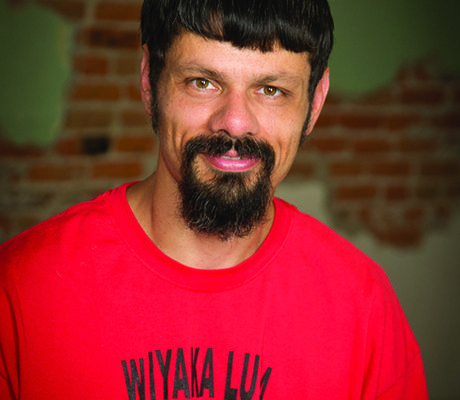The first breakout session I attended at the 2020 National Keep Alliance Beautiful Conference was on the national state of recycling.
Randy Hartman opened by explaining it took critical time in our economy to bring recycling back. “If we’re going to change behavior we need to have the infrastructure,” he said.
Will Sagar talked about influences on the markets. Stories about recycling not working make it hard, he commented. Less than 100 cities in the U.S. dropped their programs. “We have some trouble,” he admitted.
Recycling material flows: recycling, manufacturing, consumption and use. In this value chain the only source of new money is from the consumer. Nationwide there are 360 manufacturers with 98,000 employees.
A lot of factors influence markets, from quality to currency. Manufacturers always have the choice to go back to virgin material. Import restrictions and tariffs also play a role.
Looking at supply and demand, Sagar said there is an inelastic supply with the same amount going all the time. Exports represent 30 percent of all recycled materials.
“I do believe we’re coming out of this,” Sagar said. “We have to figure out how to navigate it.”
Paper consumption increased in 2018 — both domestic and exports. Fifteen paper mills are coming online with $1 billion being invested by the paper industry. The Chinese are also investing. In this case plastic plants in the U.S. that ship pellets back.
Sagar said Environmental Protection Agency action items are communication, market development and infrastructure. He added, “In this down market it costs money to recycle. Recycling is a service and there’s a cost associated with that.”
Ron Vance with the EPA continued the discussion on national strategy. “One of the things we do is convene dialogue,” he explained.
The EPA kicked off dialogue in 2018 as they hosted a national summit with work groups.
Vance said they are promoting education and outreach and need clear and consistent messages. He said challenges include inconsistent messages, contamination and public awareness. Part of that is education on the downstream process — recycling does not end at the curb.
Currently, 531,510 U.S. jobs are in and related to recycling.
Vance noted infrastructure was built on newsprint. He discussed strengthening the secondary materials markets. Part of it is rekeying the system with an end market in mind, he said.
The intent, he said, is how to have high quality feedstock manufacturers would want. He listed several challenges:
>Supporting existing end markets
>Hosting recycling market development workshops (one was conducted at the KAB conference in Memphis the day before)
>Recycling market development platform
>Municipal contract best practices
>Work on definitions
>Enhancing measurement, next steps
“Consumer demand for products that are actually recyclable is huge,” Vance concluded.
Terry Smithe, Fort Bliss, Texas, concluded the breakout session. She described their Qualified Recycling Program. Their current diversion rate is 52 percent. Outreach means rally, recognize and reward. “We rally the community to recycle right and recycle more,” Smithe said, explaining every new soldier gets a briefing on recycling. “It’s always the right time to do the right thing.”
Smithe listed community events, such as a shredder day. They recognize the top unit for recycling every quarter and have recycling heros on billboards.
Looking for results “changing behavior needs a carrot, not a stick,” Smithe said.

